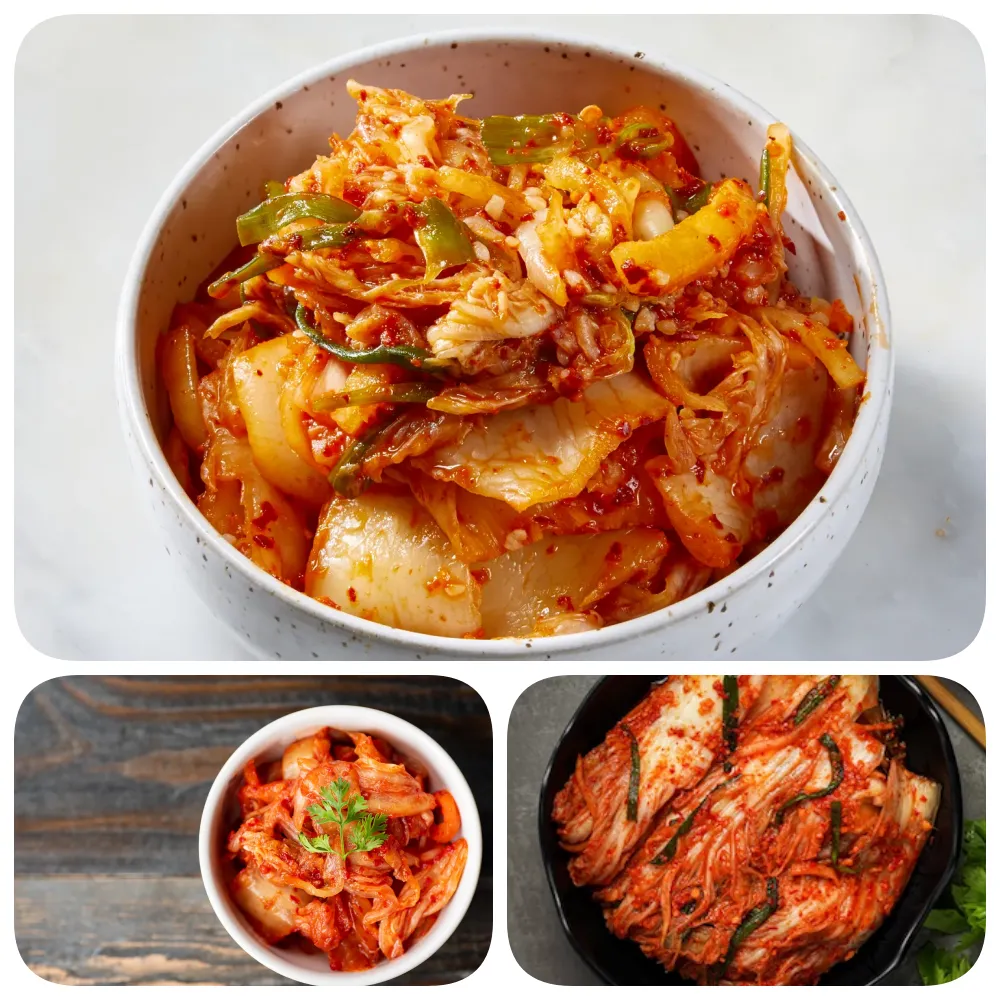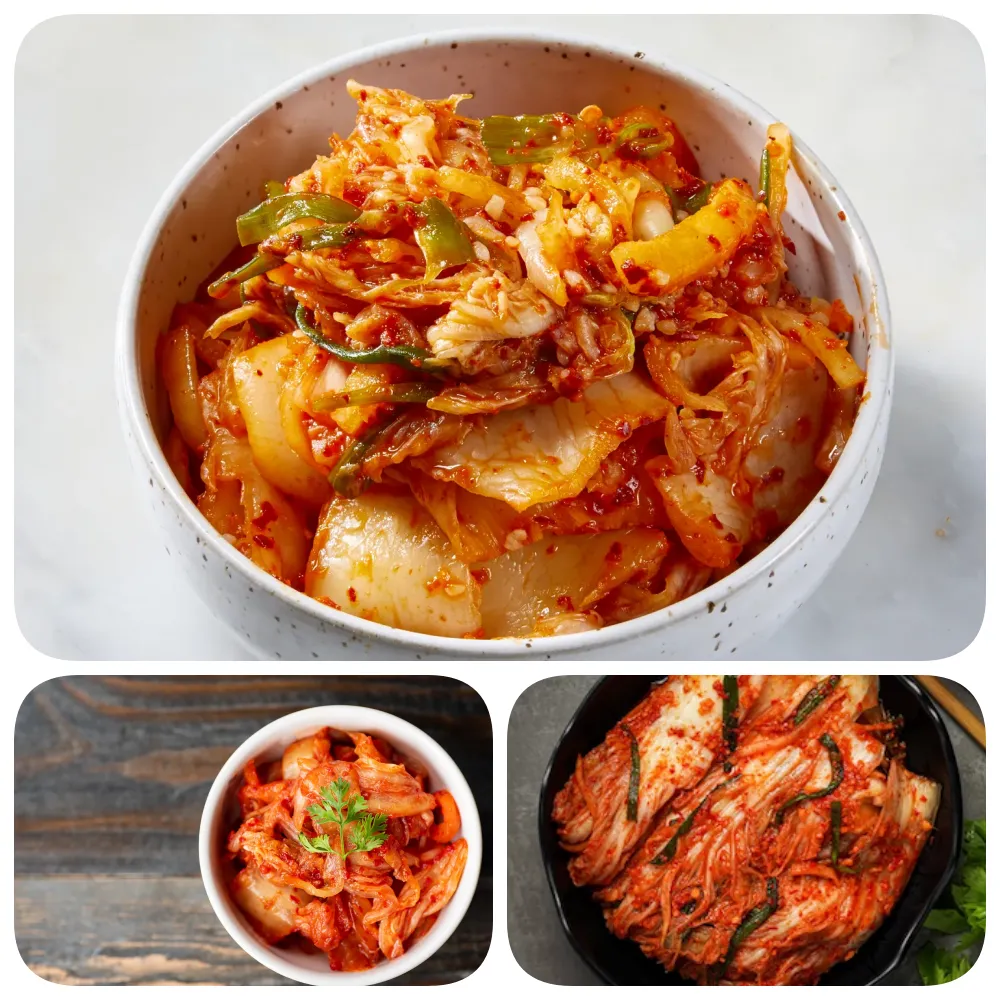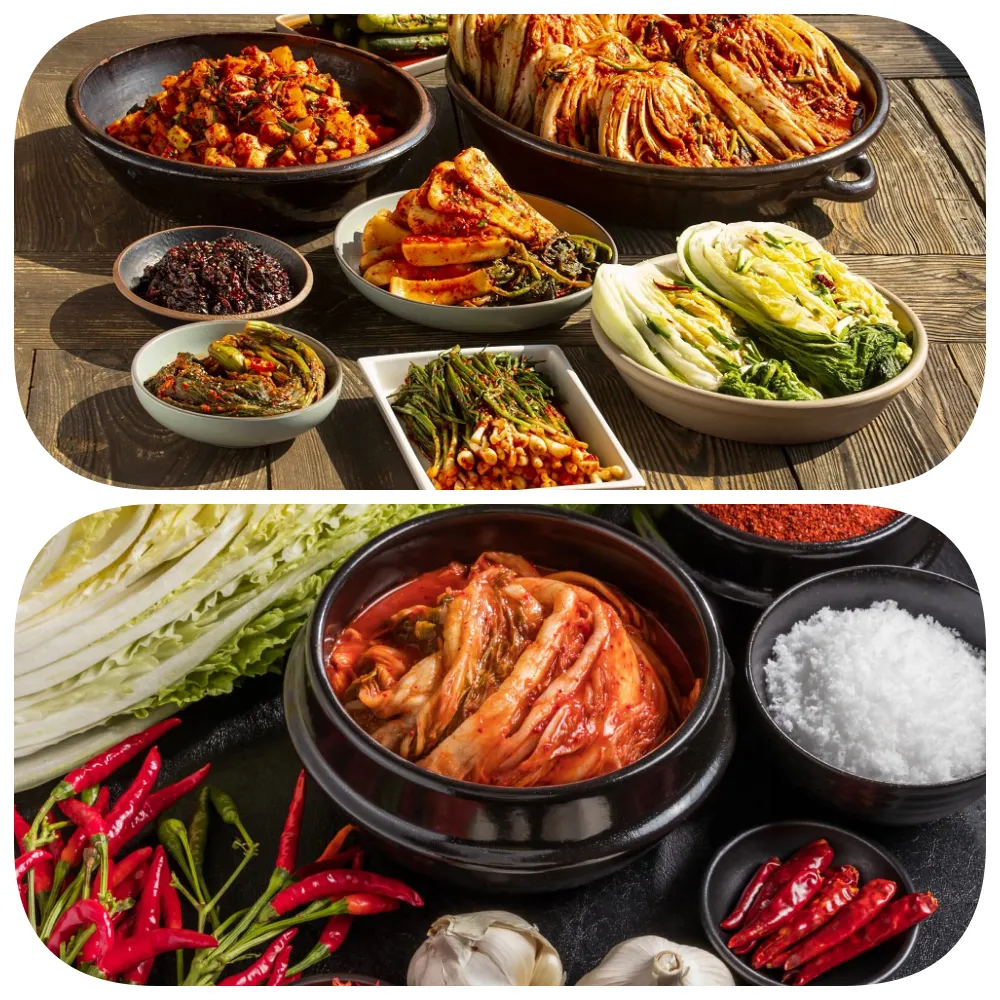
Kimchi: The National Dish Absent from Korean New Year Ancestral Offerings
Despite being the national dish of South Korea, kimchi is often absent from the ancestral offerings during the Lunar New Year due to the strong smells of some of its ingredients.

Koreans celebrate the Lunar New Year, a traditional festival that typically lasts three days. One of the most important rituals during this time is the offering to ancestors. The offering table generally consists of around 20 dishes, arranged in 4-5 rows on the table. The order is as follows: rice dishes, tteokguk (rice cake soup), followed by meat and fish dishes, various jeon (vegetable pancakes), banchan (side dishes), and finally, desserts, usually fruits and traditional kwaja (cookies).
Kimchi is a globally famous Korean dish and is a staple in almost every Korean meal. Known for its distinctive spicy and sour flavor, kimchi helps reduce the heaviness of meals and stimulates the appetite. However, it is notably absent from the offering tables during the Lunar New Year and the Mid-Autumn Festival. As per Chef Park Sang Kyung from Sajang BBQ, Korean dishes often use strong-flavored ingredients like garlic, chili, and red pepper powder. However, when preparing ancestral offerings, Koreans tend to avoid dishes with strong odors to maintain a sense of solemnity and reverence. Instead, they might use water kimchi, or in some regions, white kimchi. Kimchi only appears on the dining table after the ancestral rituals have been completed.

Chef Park explains that for Koreans, kimchi is an indispensable dish, and making it is almost second nature, as the recipe is passed down through generations. He also mentions that besides the popular napa cabbage kimchi, there are many other varieties in Korea, such as green onion, cucumber, and radish kimchi.
When selecting ingredients, Chef Park advises choosing fresh napa cabbages with green, tender leaves, removing the outer layers to allow the sauce to penetrate more easily. The cabbage can be halved or quartered, with salt rubbed between each leaf, using more salt on the white stems and less on the green leaves. After soaking in saltwater, the cabbages are pressed under a heavy wooden board for 2-5 hours before being rinsed multiple times to reduce saltiness. Properly salted cabbages should be soft and flexible, without breaking when folded in half.
The seasoning for kimchi varies by household but typically includes white radish, carrots, garlic, chili powder, onions, ginger, and chives. When salting and seasoning, the cabbage should be placed with the cut side up to prevent the spices from falling out, ensuring the final product is well-seasoned. Kimchi can be left at room temperature for 1-2 days to ferment quickly or stored in the refrigerator for a week.
Kimchi is a famous side dish in Korea and is often served unlimited in restaurants to enhance the flavor of diners’ meals.






